It seems that for travellers visiting Latvia, Cesis does not need big promotion because I saw many international tourists when I was visiting this historical town. The name of Cēsis (Wenden) first appeared in the historical sources in 1206. At the turn of the 14th and 15th centuries, due to close proximity to the Gauja River, Cēsis got involved in trade and joined the Hanseatic League. In the Middle Ages, the city had its own currency, and in the 20th century, it was even the capital of Latvia for two days. Modern Cēsis is a cultural centre where the past is the basis for present times’ creativity. Check out my selection of the top 8 things to do in the city.
1) Climb Cesis Castle towers
The Cesis castle was built around 1214 and originally served as the residence of the Knights of the Livonian Brothers of the Sword, but under the management of its next owner – Teutonic Order – it gained fame as the most powerful fortress in Livonia.
The castle suffered greatly in 1577 during the siege set by the army of Russian Tsar Ivan the Terrible. With the rapid development of military equipment, the ancient fortress lost its military importance, but it was still inhabited until the end of the 17th century. After the Great Northern War, the castle was completely abandoned. Only the Romantic Movement of the 19th century aroused broader public interest in the castle as a historic monument. Today Cēsis Castle is one of the most special destinations of cultural tourism in Latvia; its uniqueness attracts travelers from all over the world.
2) Attend the exhibition in Cesis Castle Manor house
Cēsis castle manor house is one of the few houses that were used as a residence in Latvia in the 18th century and built within a medieval fortification system. It was built around 1761 when the manor was owned by the Von Wolff family. In 1777 the property was bought by Major and later Count Karl Eberhard von Sievers. Count Siever’s family lived in the manor for 5 generations until 1920. During this time, manor management was developed and the Castle’s historical complex was created, still visible nowadays. Manor house’s Lademaher tower is decorated with sharp-bow arcades and the openings are considered to be one of the first examples of the neo-Gothic style in Latvian manor architecture. By contrast, the interior is dominated by early Classicism and Biedermeier style. After the restoration of the Cēsis manor house finished in 2012, the former residence of Count Siever’s family regained its historical appearance. Inside the building, an exhibition displays the history of Cēsis and different temporary exhibitions are organised on the top floor.
3) Enjoy a walk in Castle Park
The Castle Park was designed by castle owner Count Carl von Sievers (1772-1856) as a family recreation area. The adjacent castle ruins and the mirror reflection of the pond created the necessary romantic mood. In 1908 his son Emanuel Sievers placed a bronze bust of his father in the park memorizing his achievements in the war with Napoleon and establishing this park.
The park became freely available to visitors and residents of Cēsis in February 1917. Ever since that time song festivals, theatre performances, concerts and balls have taken place in the park. The park is a favourite relaxation place for local people and visitors. If you are lucky like me and visit the park in autumn, enjoy bright autumn foliage all around.
4) Notice the building of the oldest Brewery in Northern Europe
The first brewery in Cesis was located in the castle. It was established in 1590. Cēsu Alus is considered to be the oldest brewery in Baltic and Nordic countries. “Cēsu alus” brewery was moved to new premises and still operates in Cēsis. The new brewery building was opened in 2001 at Palmu iela 13. It boasts a filling capacity of 20 million litres of beer. The old brewery building abandoned and underutilized for more than a decade is currently owned by the Institute for Environmental Solutions (IES), a non-profit network. Under IES’s stewardship, the brewery has already hosted a number of traditional and innovative art and gastronomic performances. The plan for the brewery is to become an international centre of excellence where art, science and culinary are synergised to address environmental issues.
5) Walk the cobbled streets of the Old town
In the Middle Ages, the old town was built around the castle and church of Cēsis, with narrow winding streets filled with craftsmen and traders' houses. Although the war and countless fires led to a total loss of Cēsis medieval buildings, the city's historic centre and its medieval layout have been retained. Currently, you can see some historically and architecturally outstanding buildings like City Hall, Merchant House, Harmony House and Princess House. The houses are interspersed with unique courtyards and squares.
6) Admire historic St. John’s Church
St. John’s Church is one of the oldest medieval architectural monuments in Latvia. The church was built at the beginning of the 13th century during the Christianization of the Baltics. Cēsis St. John’s Church is the largest medieval basilica outside Riga. The church is a 65 m long and 32 m wide three-sphere basilica. The massive bell tower is 65 m high with a 15 m high Gothic spire. The threshold of the church is 100 metres above sea level and exactly the same height as the rooster of St. Peter’s Church in Rīga. There are 1000 seats available in the church.
The organ is one of the largest historical concert organs in Latvia. It has 41 registers, three manuals and a pedal. Nowadays world-renowned choruses and organ music maestros perform there. The church has become home to the International new organ player’s festival. Painters also value the church; different art exhibitions take place there.
You are invited to climb the tower of the church and enjoy a wonderful view over the Castle and Old town.
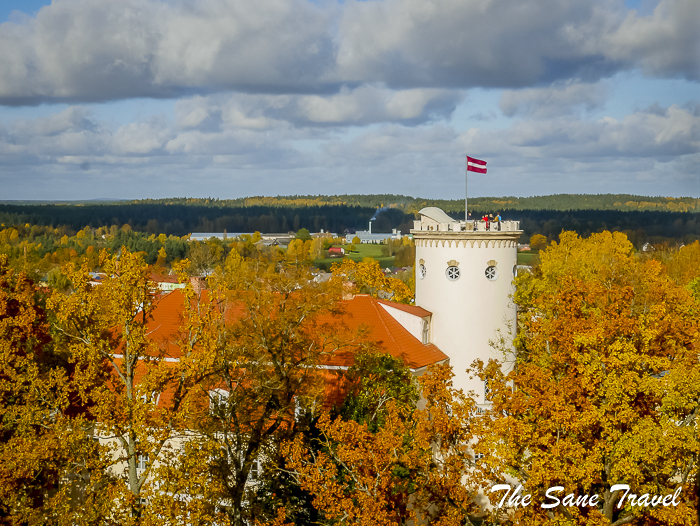
7) Meet Old Man of Time
In the Old City you can meet the Old Man of Time. He holds one of the symbols of Cēsis – a lantern that helps to switch on the lamps of the Old City. Legend has it that this Old man was guarding the peace of Cesis and its inhabitants in the old times at night, walking around with his lantern.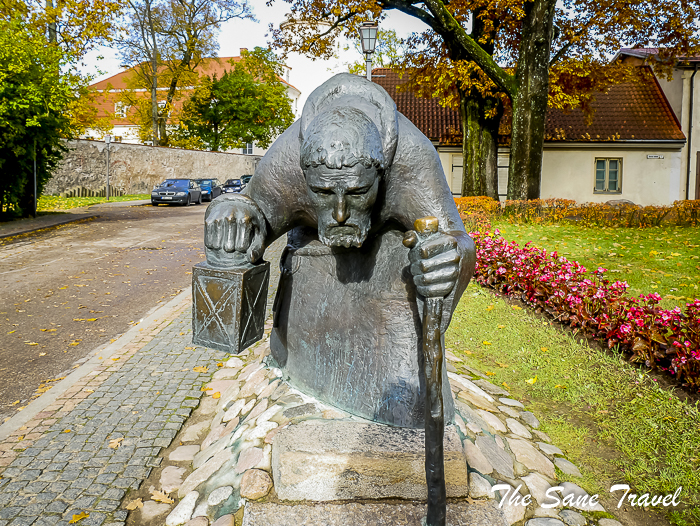
8) Pay tribute to the Monument of Victory
Monument of Victory was erected in honour of Latvian and Estonian soldiers, victims of the battles for the freedom of Latvia. The original version of the monument was unveiled in 1924 as one of the first monuments to those who fell in the Latvian freedom battles.
In 1952, the Monument of Victory was destroyed and replaced by a statue of Lenin. In 1990 the statue of Lenin was dismantled and in 1998 the Monument of Victory returned to its former place. The basic idea of it: within the flames of fight, the sun of freedom rises. The obelisk foundation is highlighted with the inscription: "From the sword the sun rose." The golden ball on the top of the monument symbolises the sun of freedom of Latvia. By the way you can see the dismantled statue of Lenin lying in the box in the Castle yard nearby.
Address: Vienības square.
9) Visit the Cesis concert hall
A concert hall was created by restoring the old Cesis Community Building and adding some contemporary architectural forms to it. Historical elements co-exist harmoniously with contemporary ones in the new concert hall opened in 2014. The facilities of the Cesis Concert Hall include an acoustic concert auditorium that seats 800; a chamber auditorium; an organ auditorium; a cinema auditorium and an exhibition hall. The building also houses the classrooms of the Alfreds Kalnins Cesis School of Music. The concert hall works closely with the Latvian National Symphony Orchestra, Liepāja Symphony Orchestra, Kremerata Baltica, Latvian National Opera and Latvia State Academic Choir. So you are invited to attend a concert of your choice there.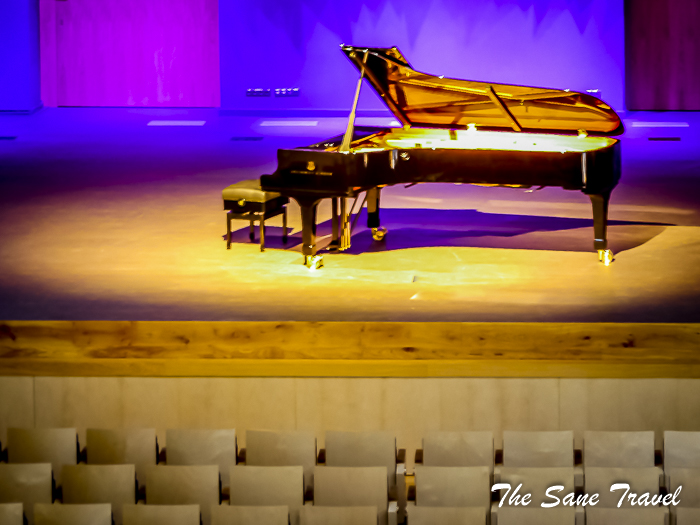
Have you been to Latvia and Cēsis? Share your impressions in the comments section!
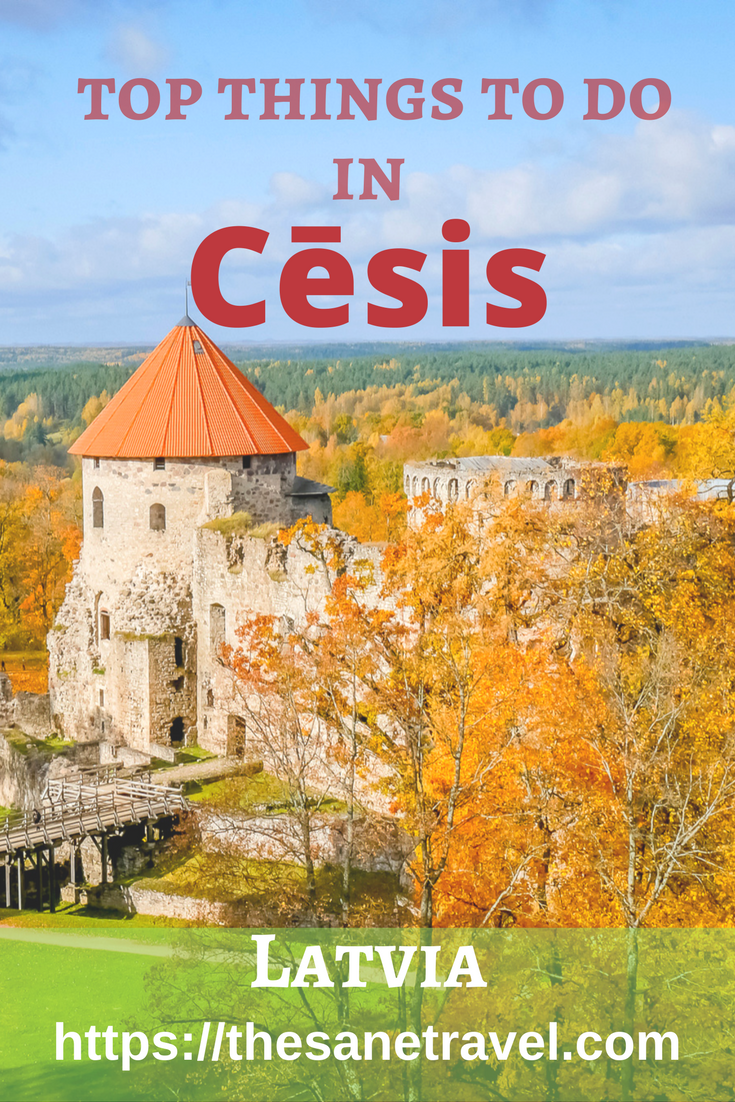
What did you think? Have you visited Cesis in Latvia? I would love to hear from you, so please add your comment below.
Author: Anita Sane

About the author
Anita is a part-time traveller, passionate photographer and a retired career woman from Latvia, travelling mostly solo for more than 15 years. She is a skilled travel planner who plans and executes her travels by herself. Anita wants to show you how to travel the world and open your mind to new experiences. Follow her on Facebook, Instagram, Pinterest, Twitter and Bloglovin.

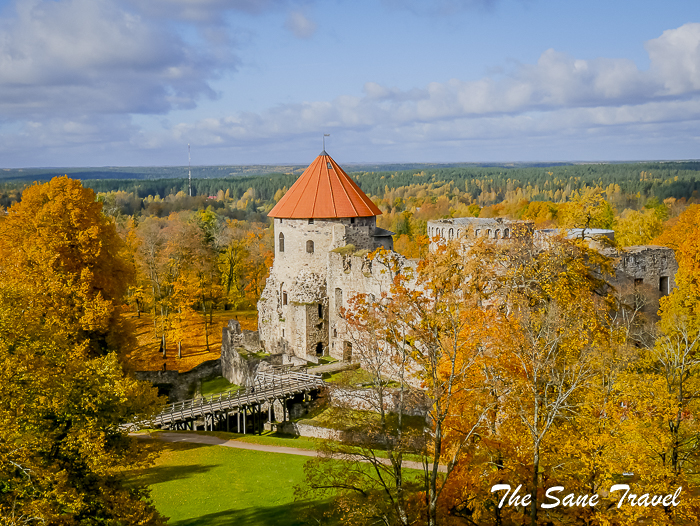
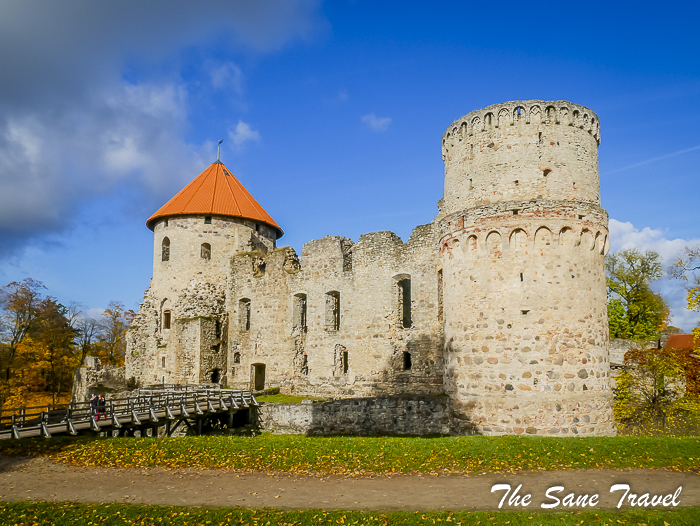
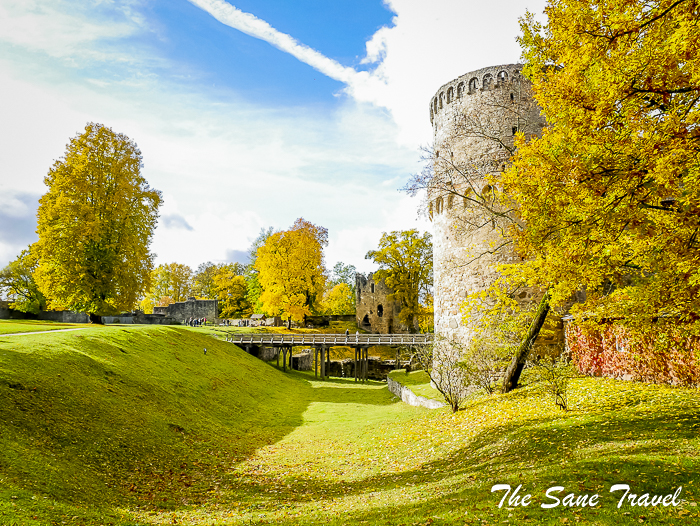
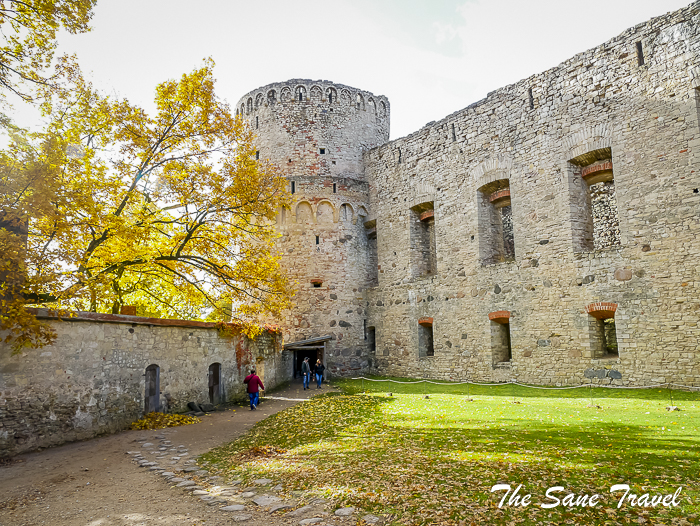
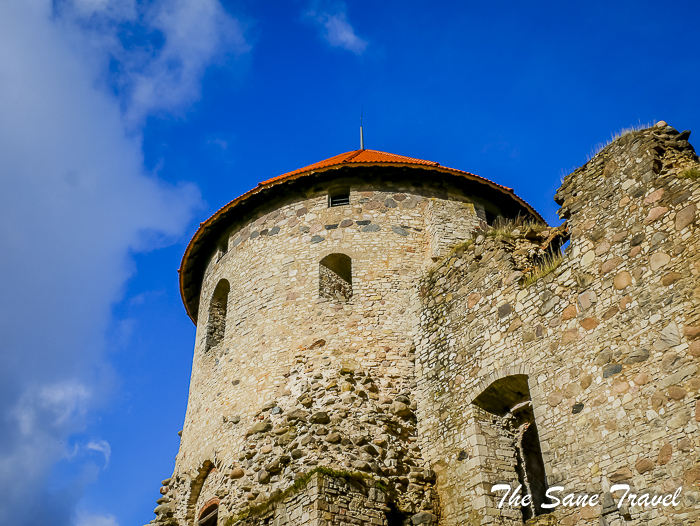
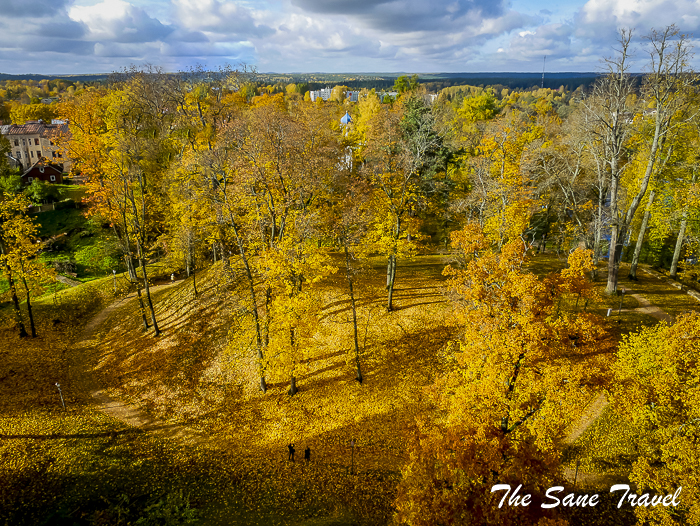
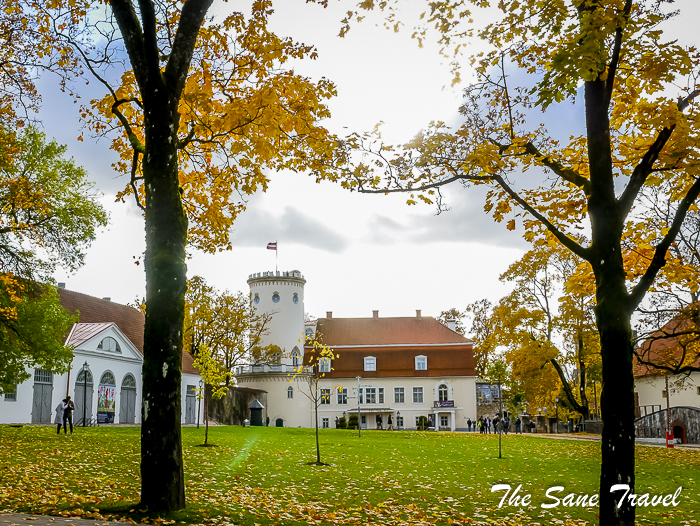
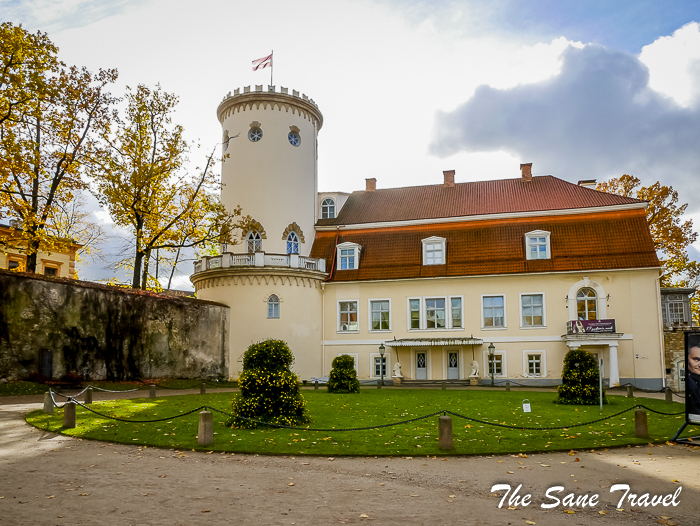
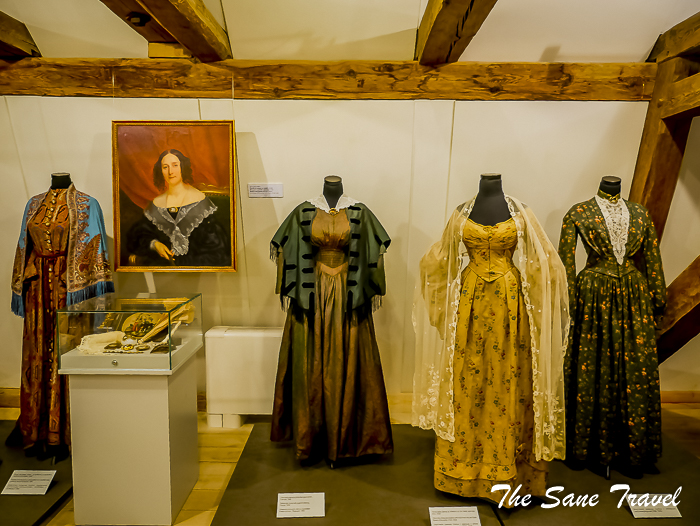
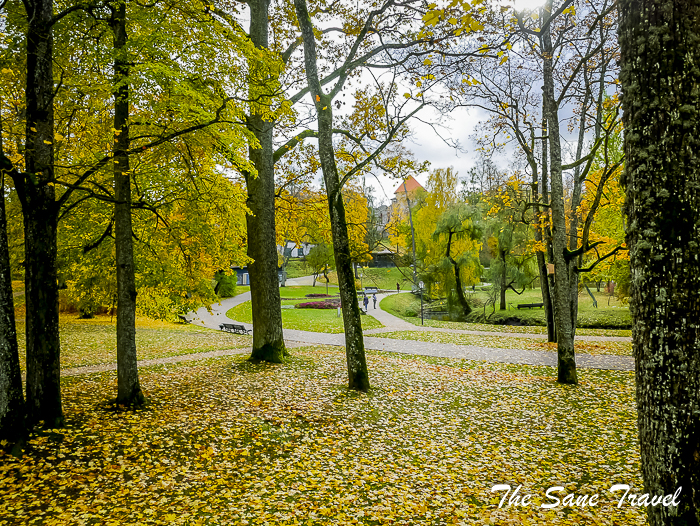
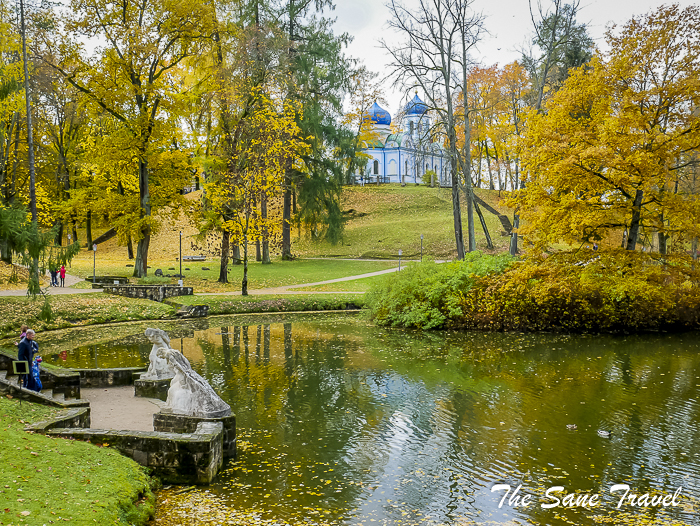
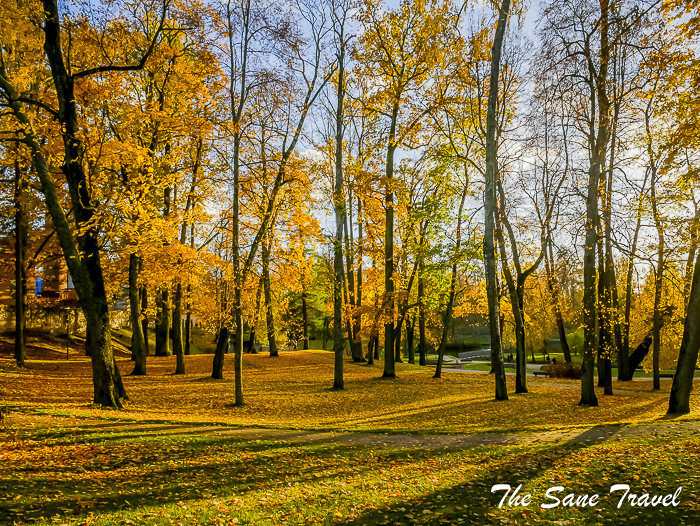
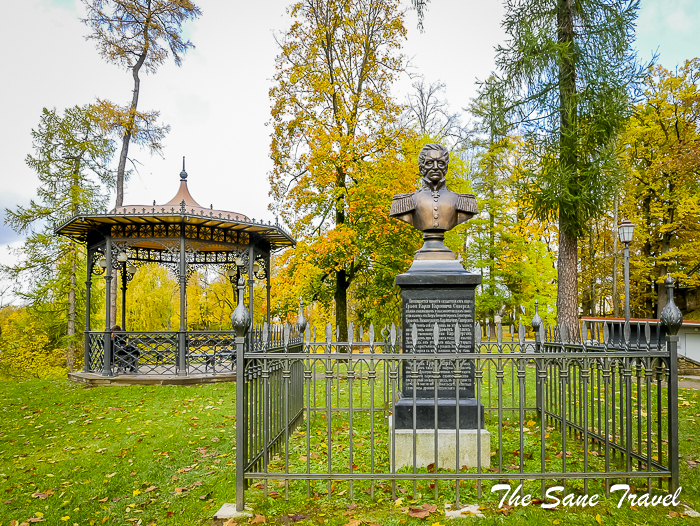

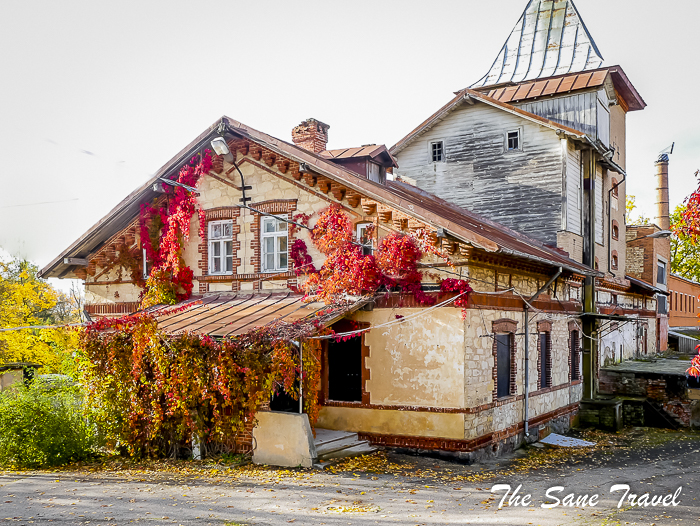
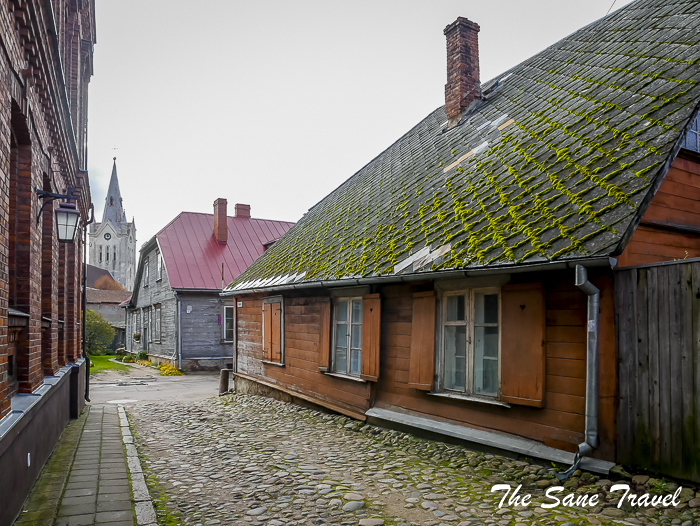
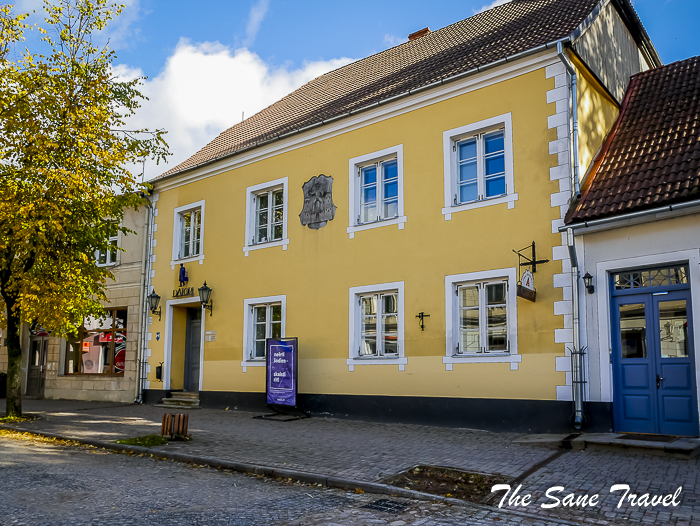
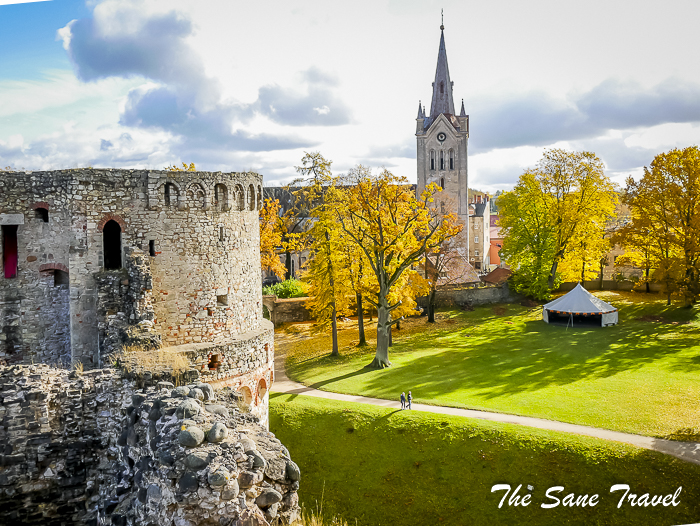
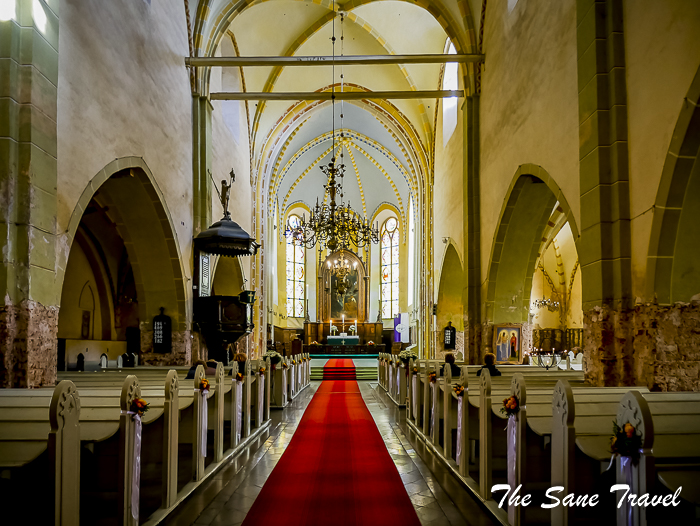
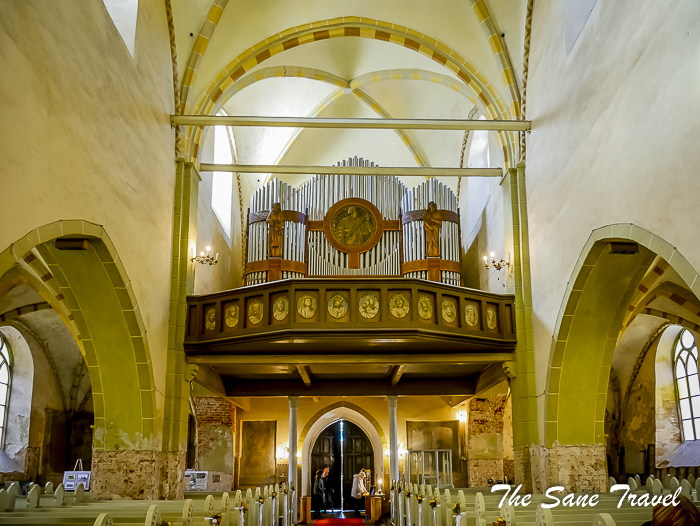
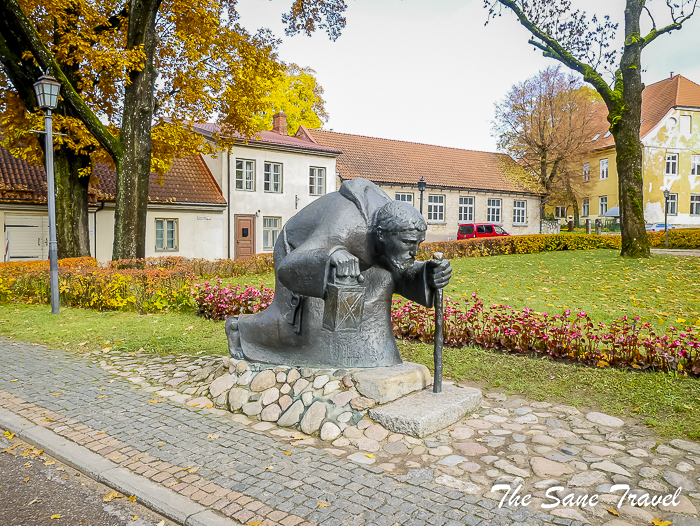
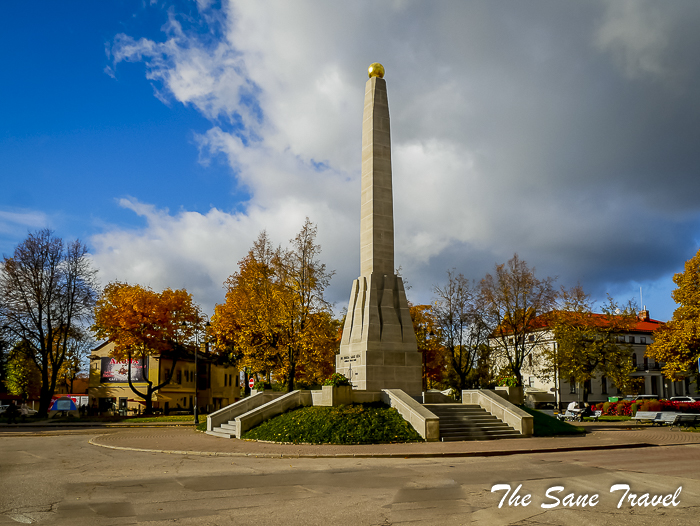
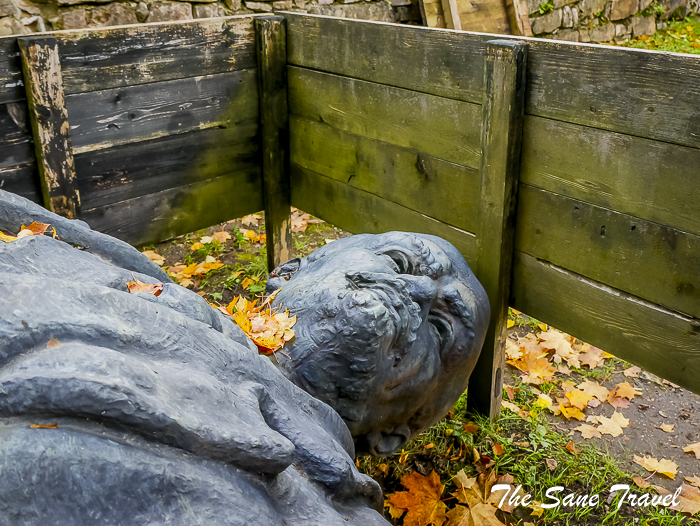
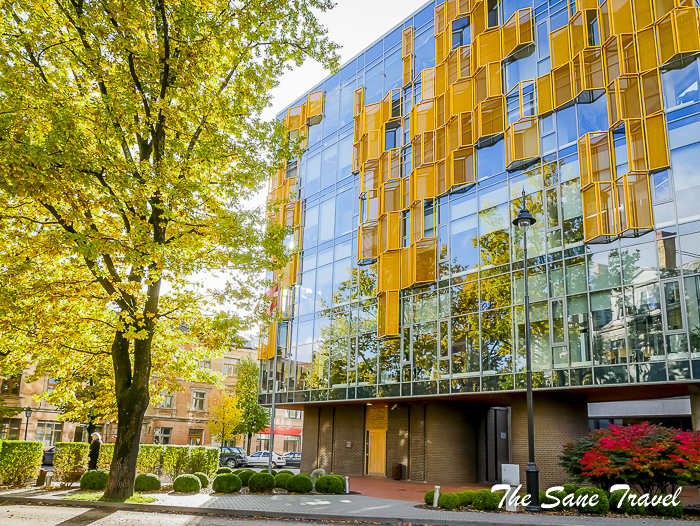
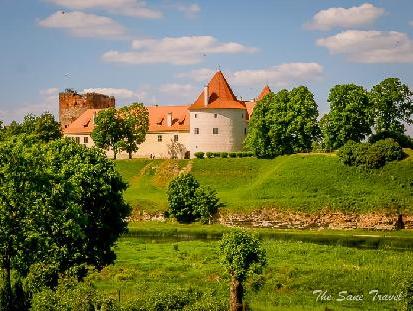
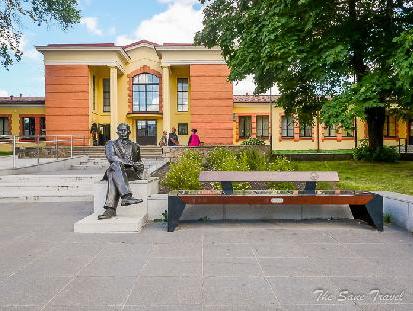
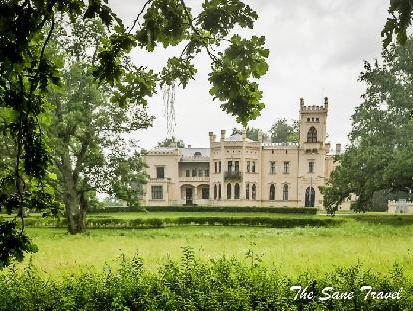
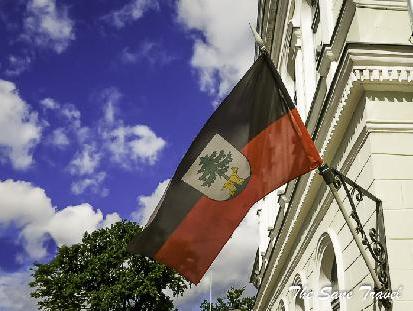
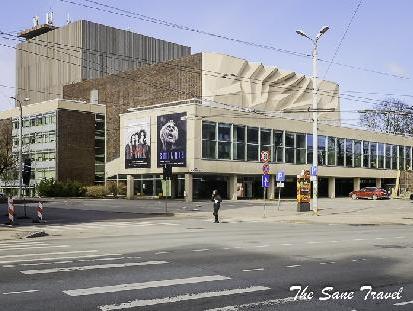
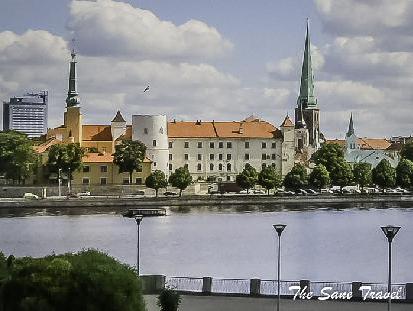
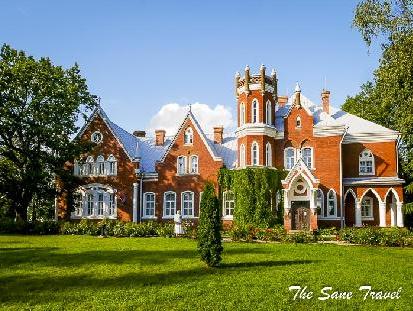
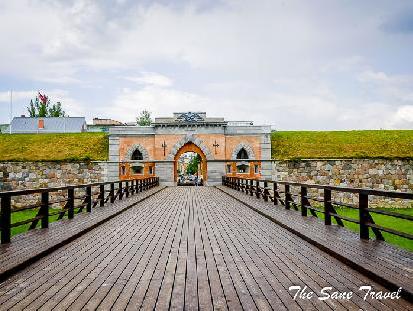
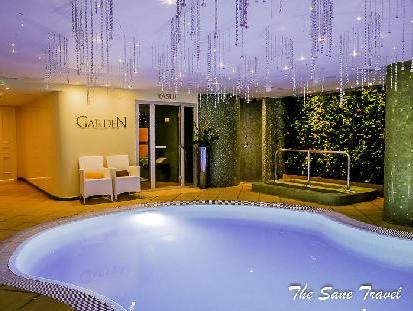
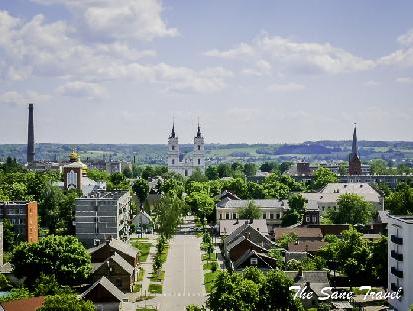
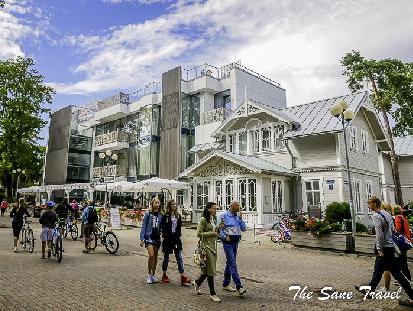
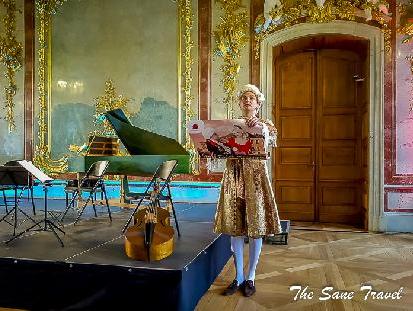
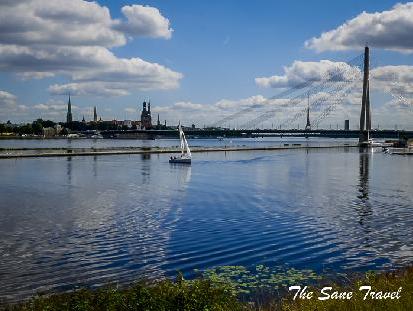
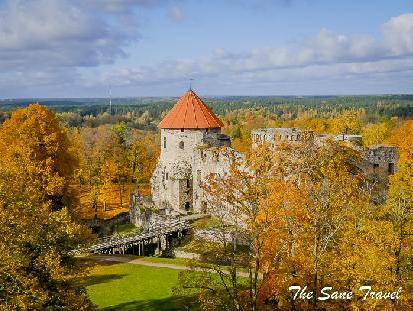
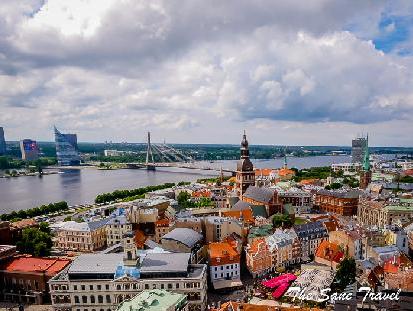
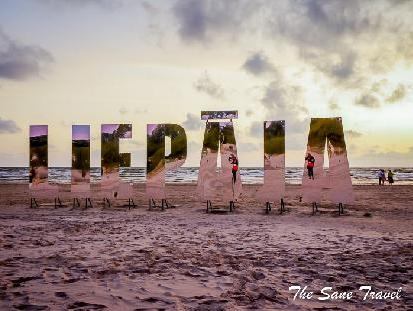
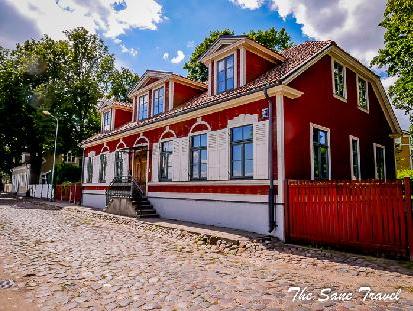
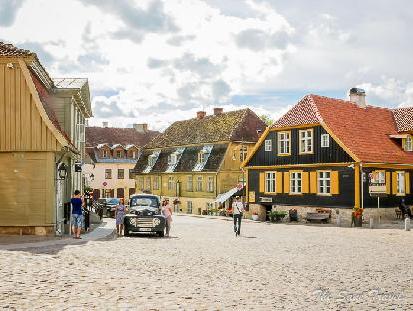
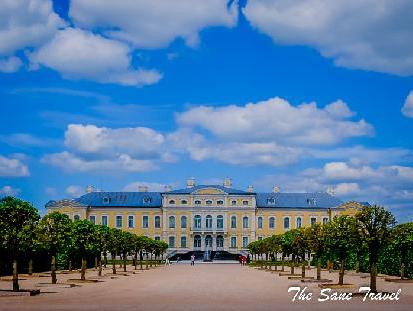
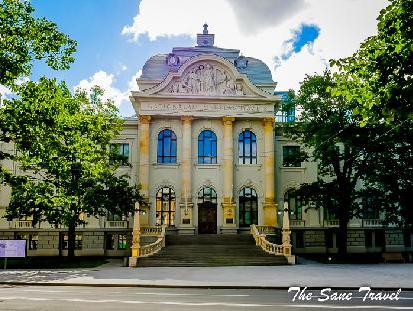
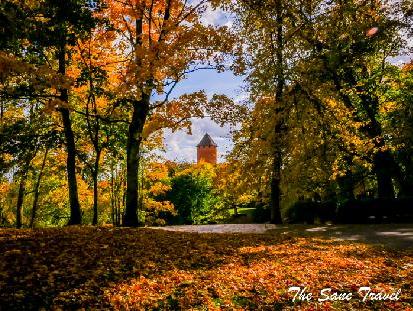
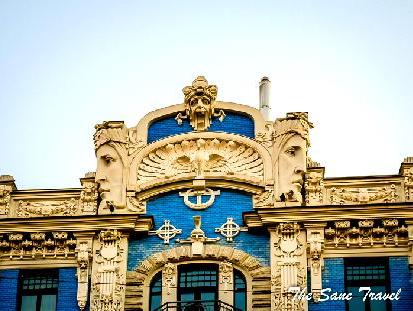
Waiting to feel the real experience ❤️
Can I ask you, because you are local.
Are there many tourists there in the summer time. I would love to go but not with lots of tourists.. like me ? Steve. Ireland.
Report
My comments